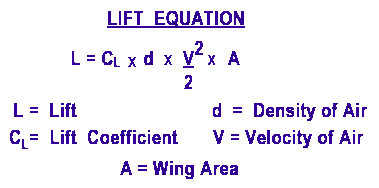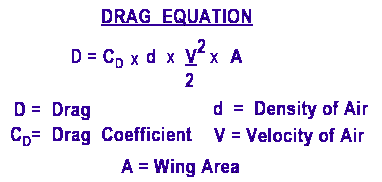Centuries in the past, Impossibilities is fittingly compared to humans flying. People have wondered why birds can fly but other creatures can't. If the great Aristotle is to wake up to a large piece of metal floating in the sky, then he would think he has reincarnated to another planet of mysteries. But the principle of flight is not much of a mystery. Its just innovative use of the natural elements of every day life. Lets analyze it.
Forces Acting on An Airplane
Lift and Drag are considered aerodynamics forces because they exist due to the movement of the Airplane through the Air. Thrust is a force caused by the airplane engine and gravity is the downward force due to gravitational pull.
- Lift
- Gravity force or Weight
- Thrust, and
- Drag.
- Weight
- Thrust

Now lets consider the aerodynamic forces Lift and Drag.
Lift
Lift is produced by a lower pressure created on the upper surface of an airplane's wings compared to the pressure on the wing's lower surfaces,causing the wing to be LIFTED upward. The special shape of the airplane wing (airfoil) is designed so that air flowing over it will have to travel faster resulting in a lower pressure area at the top of the wing(see illustration). At the base of the wing, air travel at a slower speed thus resulting in a higher pressure area at the bottom.The aerofoil nature of the wing causes a pressure difference thus lifting the wing upward due to the higher pressure air at the bottom of the wing pushing the wing upward due to the deficiency in pressure to balance it up at the top. Lift is that force which opposes the force of gravity (or weight).

Lift depends upon
- shape of the airfoil
- the angle of attack
- the area of the surface exposed to the airstream
- the square of the air speed
- the air density.

Angle of attack is the angle between the body's reference line and the oncoming flow. It specifies the angle between the chord line of the wing of a fixed-wing aircraft and the vector representing the relative motion between the aircraft and the atmosphere. The lift coefficient of a fixed-wing aircraft varies with angle of attack. Increasing angle of attack is associated with increasing lift coefficient up to the maximum lift coefficient that is link to the critical angle of attack, after which an angle increase leads to lift coefficient decreases.
Drag
Drag is the force which opposes the forward motion of airplane. specifically, drag is a retarding force acting upon a body in motion through a fluid, parallel to the direction of motion of a body. It is the friction of the air as it meets and passes over an airplane and its components. Drag is created by air impact force, skin friction, and displacement of the air.

Principle Behind flight
When the plane moves along the runway its velocity increases leading to an increase in the upward force, Lift, based on the equation given above when we talked about lift. From the Equation we notice that lift is directly proportional to velocity of the airplane. Lift opposes weight hence once the planes velocity can produce a lift that is just above the weight, the plane begins to rise up from the ground since the effect of its weight has being overcame. The big metal bird begins to fly.The miracle of flight is just a simple but innovative application of physical laws and a touch of engineering application.
sources :








No comments